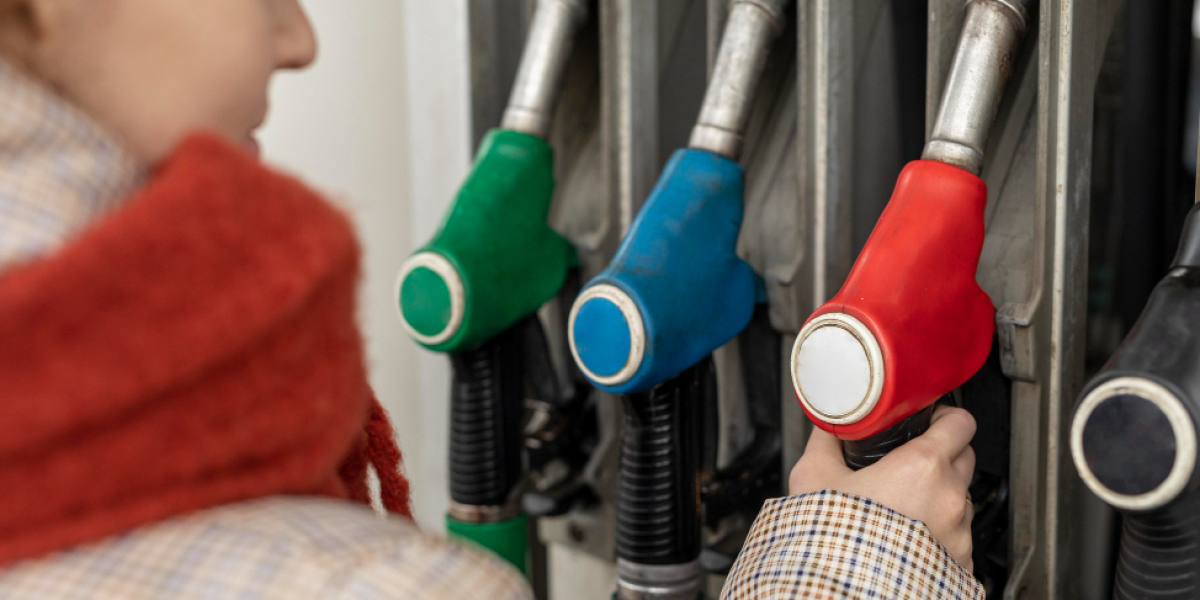Whether you're topping off your tank at the gas station or managing an industrial fueling system, fuel nozzle are at the heart of the operation. Though often overlooked, these compact devices are engineering marvels designed for safety, efficiency, and durability.
Let’s dive into what makes fuel nozzle so critical—and how they've evolved far beyond being simple metal spouts.
What Is a Fuel Nozzle?
A fuel nozzle is a dispensing device used to deliver liquid fuels like gasoline, diesel, kerosene, or aviation fuel from a pump into a vehicle or equipment. You’ll most commonly see them at gas stations, but they're also essential in aircraft refueling, fuel tanker trucks, industrial sites, and agricultural machinery.
It might look simple, but every nozzle is a carefully engineered component designed to:
Regulate flow rate
Prevent overfilling
Avoid spills
Minimize vapor emissions
Handle high-pressure and high-volume operations
Key Components of a Fuel Nozzle
Spout – The tube that directs fuel into the tank.
Trigger/Lever – The manual or automatic mechanism that starts/stops the flow of fuel.
Automatic Shut-off Valve – A safety feature that cuts off the flow when the tank is full.
Swivel – Allows the nozzle to rotate, reducing hose kinks and user strain.
Vapor Recovery System (in some models) – Captures fuel vapors to reduce emissions.
Check Valve – Prevents backflow and fuel dribble after shut-off.
Types of Fuel Nozzles
Different applications require different types of nozzles:
1. Manual Fuel Nozzles
Simple and affordable, these require the user to manually operate the flow. Common in small-scale operations or older systems.
2. Automatic Shut-Off Nozzles
Equipped with a pressure-sensitive valve, these stop the fuel flow once the tank is full. This is the standard at most gas stations and reduces the risk of spills.
3. High-Flow Nozzles
Used in commercial and industrial settings (e.g., truck stops, aircraft fueling), these handle larger volumes at faster rates.
4. Vapor Recovery Nozzles
Designed to meet environmental regulations, they capture fuel vapors that would otherwise escape into the atmosphere. These are often used in places with strict emissions laws.
The Science Behind the Auto Shut-Off Feature
One of the most fascinating aspects of a fuel nozzle is its automatic shut-off mechanism. It uses a small tube (called a venturi) inside the nozzle that senses pressure. When fuel rises in the tank and blocks the air passage, a pressure difference occurs, triggering a diaphragm that shuts the nozzle off. It’s a simple but effective system that has saved countless gallons from spilling over the years.
Maintenance and Safety
Fuel nozzles endure tough conditions: exposure to fuel chemicals, temperature extremes, constant handling, and pressure. Regular inspection and maintenance are essential to ensure:
No leaks or cracks
Proper shut-off function
Clean filters and screens
Smooth trigger operation
Failure to maintain nozzles can lead to:
Fuel spillage
Fire hazards
Inaccurate fueling
Equipment downtime
Future of Fuel Nozzles: Smart and Sustainable
As we move toward automation and greener technology, smart fuel nozzles are emerging. These may include:
Digital flow meters
RFID sensors for vehicle identification
Integration with fleet management systems
Enhanced vapor recovery tech
Electric vehicles (EVs) may be changing the fueling landscape, but for industries and regions where liquid fuels remain essential, fuel nozzles continue to evolve to meet modern demands.
Final Thoughts
Fuel nozzles may be small, but they play a massive role in global transportation and industry. Their blend of mechanical simplicity and engineering precision makes them one of the most elegant solutions in fuel management.
So the next time you fill up your tank, take a second to appreciate the tiny device doing all the hard work—the fuel nozzle.

















